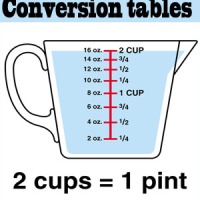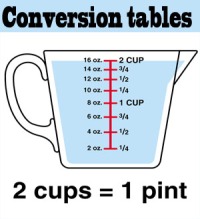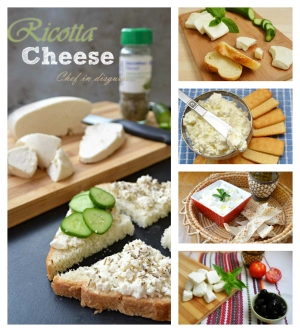Lately my news feed has been flooded with cheese boards and antipasto platters! There seems to be a memo that I had somehow missed saying that Sept was the month for cheese boards!
Now don’t get me wrong, I love cheese boards and antipasto platters, there is so much room for creativity in terms of color combinations, flavors, and presentation and I am all for anything that allows creativity to run wild. Added to that, cheese platters and antipasto platters allow you to enjoy a little bit of everything without going overboard! A win win situation in my book.
So in the spirit of joining the fun, I thought it would be a good idea to share my tips and ideas on how to prepare the perfect Middle Eastern antipasto platter but before I do, I think I need to explain the last word in my post’s title: “Mezze”
In the middle east, breakfast and dinner (remember,Lunch is the main meal here) are usually served in a style called mezze which means a selection of small dishes that are meant for sharing.The word mezze actually comes from the Turkish meze “taste, flavour, snack, relish”, borrowed from Persian مزه (mazze “taste, snack” < mazīdan “to taste”)

If you remember my middle eastern breakfast series, you’d know that what you see in the pictures which may seem to you like tapas or appetizers is actually considered staples in the Levant
Tahini halva
Olives
Turnip pickles
Zaatar and olive oil
are all things you find in almost every house and they are usually served in this same tapas style for breakfast, dinner,as an afternoon snack with some pita bread and a cup of tea on the side, or even as an introduction to the main meal.
That being said,it does not mean that you can’t use the same elements to create the perfect antipasto platter to serve to friends or party guests. The mere fact that most of these are household staples that can be prepared well in advance, means that you can use them to create your antipasto platter and enjoy it with your family, friends or party guests with minimum stress and preparation.
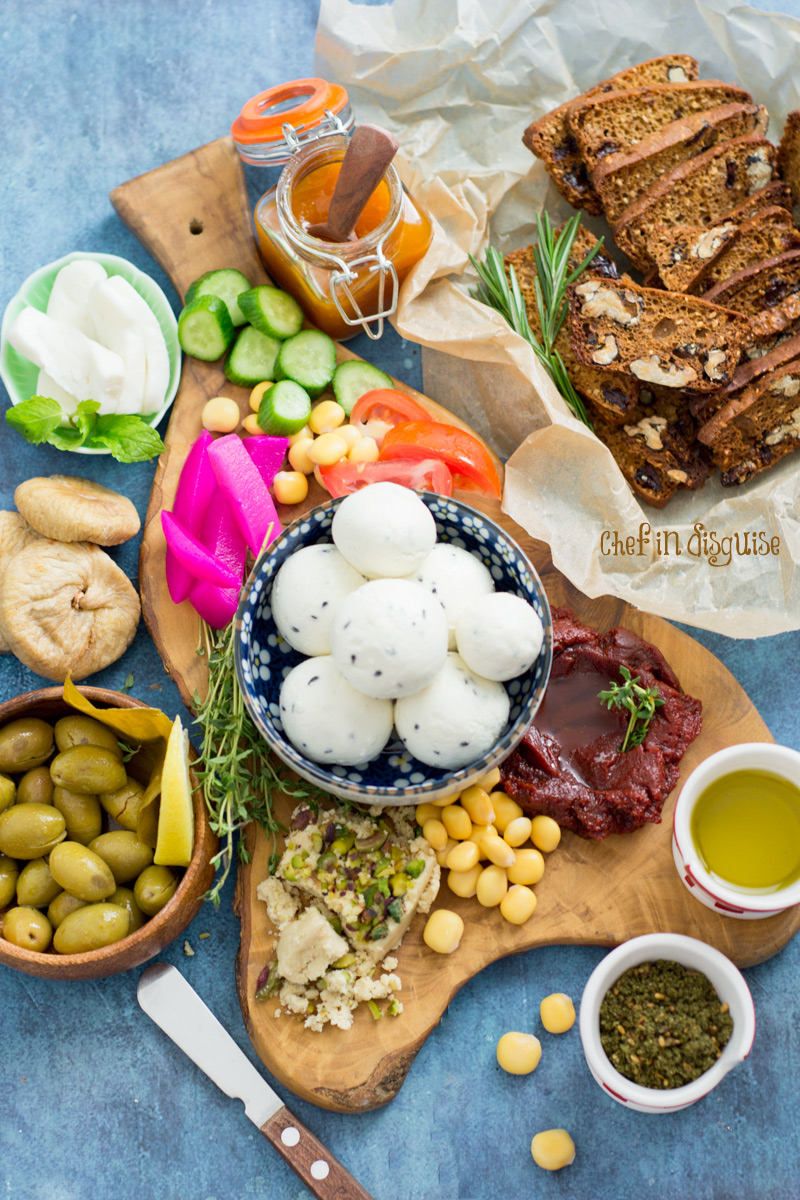
To make things easy for you, let’s break up the items on our cheese board into categories
Cheese
If there is one cheese that has middle eastern written all over it, it will be the Nabulsi cheese. This salty firm brined white cheese that is made from goat milk originates from the city of Nablus in Palestine (hence the name Nabulsi cheese). You can enjoy it as is or you can fry it, grill it or cut it into strips and soak it water over night. The soaking takes away some of the salt content and makes the cheese pleasantly chewy and squeaky 🙂 but Nabulsi cheese is not your only option. You can also use Armenian string cheese or Syrian string cheese as it is often referred to in the middle east. This string cheese is actually made in the same way that mozzarella is but the difference is in the shaping process and the flavoring agents. Mahlab and nigella seeds are added to flavor the cheese, it is then braided to give it the signature shape .
Labneh which is often referred to as yogurt cheese is another great option of add to your antipasto platter. You can roll your labneh balls into zaatar, sumac, dried mint, crushed nuts, sesame seeds or chili flakes to give it a burst of color and flavor. You can also serve it as a spread instead of serving it in ball form
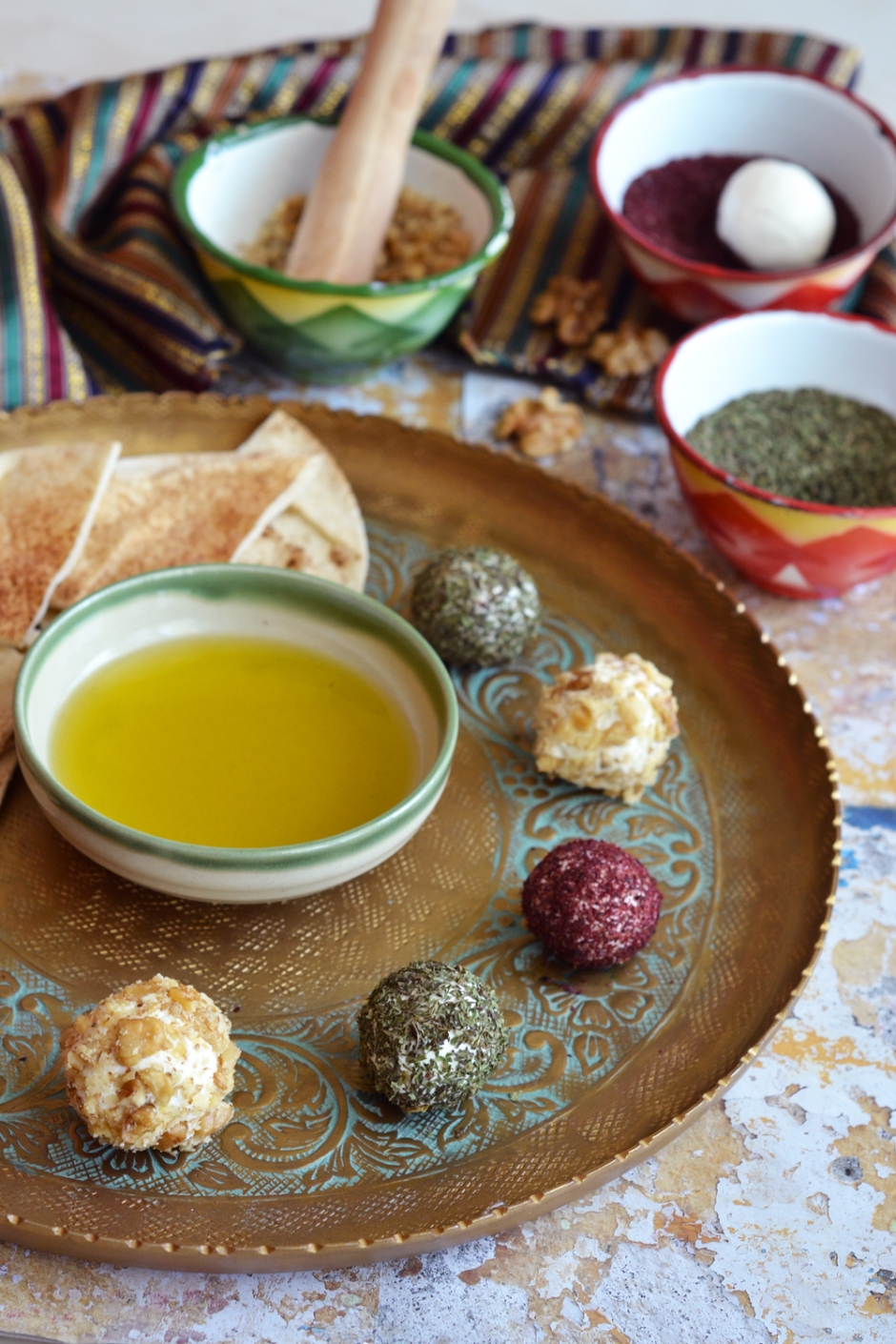
Last but definitely not least, there is Halloumi cheese, be it grilled or simply cut into slices or cubes. Halloumi is a crowd pleaser that appeals to many tastes and fits beautifully with the other items on our Middle Eastern antipasto platter
Spreads
Think hummus, soft labneh,Rob bandoora, baba ghanouj, foul mudamas, and muhammara. The Middle eastern cuisine has so many tasty and colorful dips and spread that will ignite your guests’ taste buds
Bread and crackers
Pita bread has to be the king of the Middle eastern mezze spread but that does not mean that you can’t include other types of breads that are popular throughout this area of the world.

A mini version of kaak bel simsim or Jerusalem bagels as they are often called with some zaatar and cream cheese, Ftoot or seeds and olive oil bread mini loaves would all make great additions to your Middle eastern spread.
Olives and pickles
A middle eastern spread would not be complete without the addition of beautifully glistening olives to the menu. In a previous post I told you about the central role that olive trees and olive oil season play in the culture and cuisine of the middle east. It is no wonder that olives are prepared in so many different (and may I say mouth watering) ways here.
Pickles are also a very important player here. The most popular are cucumber pickles, turnip pickles and believe it or not carrot and cauliflower pickles. If you haven’t tasted a homemade version of any of these, you are really missing out!!
Something sweet
When it comes to something sweet to balance all that salty goodness you can try adding :
Your favorite homemade jam
Tahini halva (I have a post coming up with a simple and easy recipe for homemade halva)
Honey
Dried fruits (especially dried figs served with little bowls of tahini sauce for dipping and let me just say, if you have never tried dried figs dipped in tahini you need to ASAP!!)

Something Fun
When entertaining, it is always fun to add something new and unexpected to the menu. The little yellow beans that you see in the picture are lupin or lupini beans and they are brined snacks that are popular throughout the middle east. In Arabic they are called “termos” or ” termis” and they are sold on street carts alongside chickpeas and fava beans, the trio dusted with a little cumin make a tasty and rather healthy snack. They are also a great vegetarian addition to your antipasto platter



